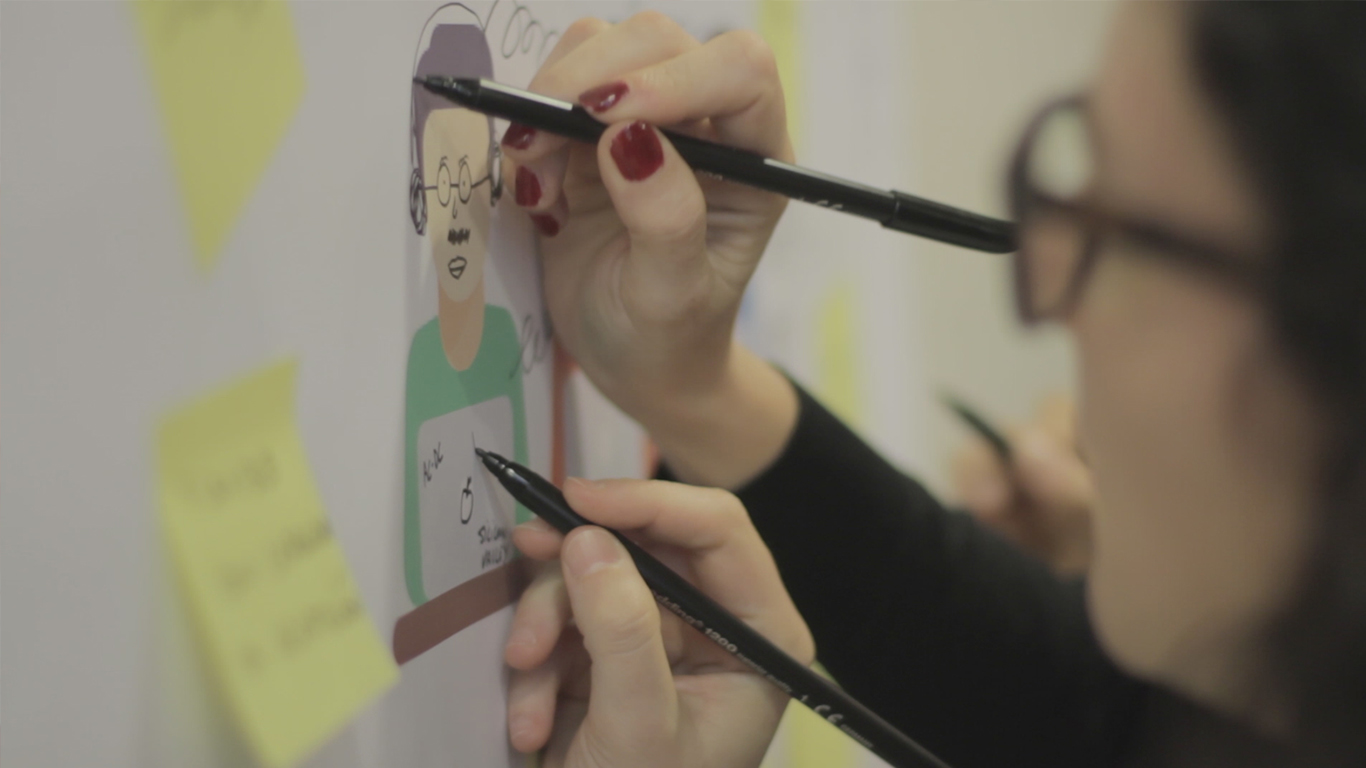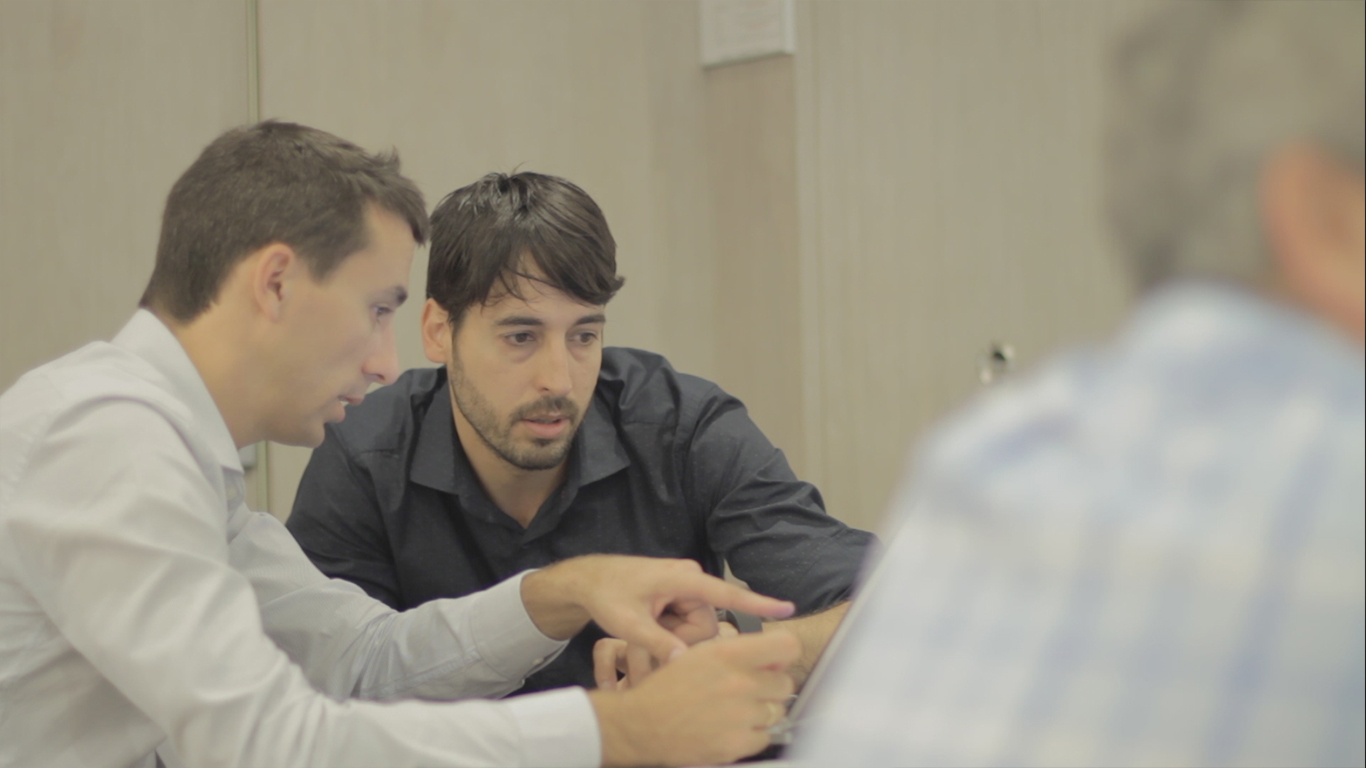Since the inception of the digital transformation, previous assumptions about client experience have been radically transformed, and not only in terms of the language we use to refer to customers.
Connecting with customers today has been shaped by Artificial Intelligence and other rapidly developing technologies which characterize the shape of customer outreach. Any organization shares these concerns. Today’s consumers expect a personalized and contextualized response, one that cuts through space and time and reaches any portable device, anywhere. Customers now seek a seamless response to their needs.
Opinno has been collaborating on one such evolution in customer experience with a giant of the national energy sector in Spain. This huge and complex organization is experiencing the same need for new and particularized forms of customer outreach. But the term ‘client’ has come to refer as much to the worker within the company as to the paying customers, and developments in customer care and attention must also engender those users on the inside of the organization.

The first study of the energy company’s inner workings in client communication has already taken place. Opinno’s role as technological consultants has been to design a training program for company workers which will transform the ingrained attitudes and work habits of old, and replace outdated language and systems with an entirely fresh approach. A key part of this approach is to boost motivation in the workers themselves. The company plans to do this via training programs which are progressive and ongoing thus allowing an evolving focus on content and development in the key skills workers will need to deal with clients. This focus is especially pertinent in the case of coordinators and supervisors, those in charge of groups of individuals within the company and whose responsibilities are greater.
Opinno has been helping to design training that evolves with how client experience is perceived from within the company – a direct link with customer expectation on the outside. It was clear that the company in question required a bespoke solution to training demands based on company values and channeled through the behavioral competencies of its workers.

We conducted focus groups with a diverse profile of company workers in order to identify what how those in-company values might be perceived. The next step was to establish which attitudes informed the way workers approached the concept of customer care and attention. We then set out to design a variety of response routines, which acted as pilot programs deployed throughout the company customer care infrastructure. An added focus was the area of ‘quick wins’, pockets of previously-unnoticed business advantages and after that, any other areas in need of improvement.
The fruit of the exercise was threefold:
-
A defined list of company values in its style of customer care
-
A guide to accompany the style of customer care
-
A guide to routines and customer-centric behaviors



